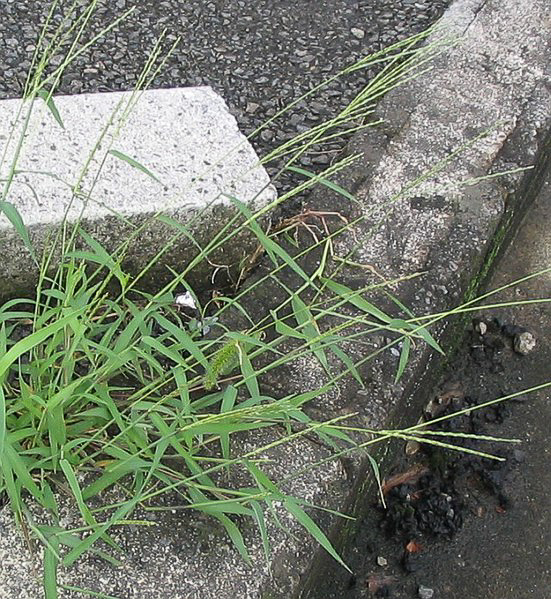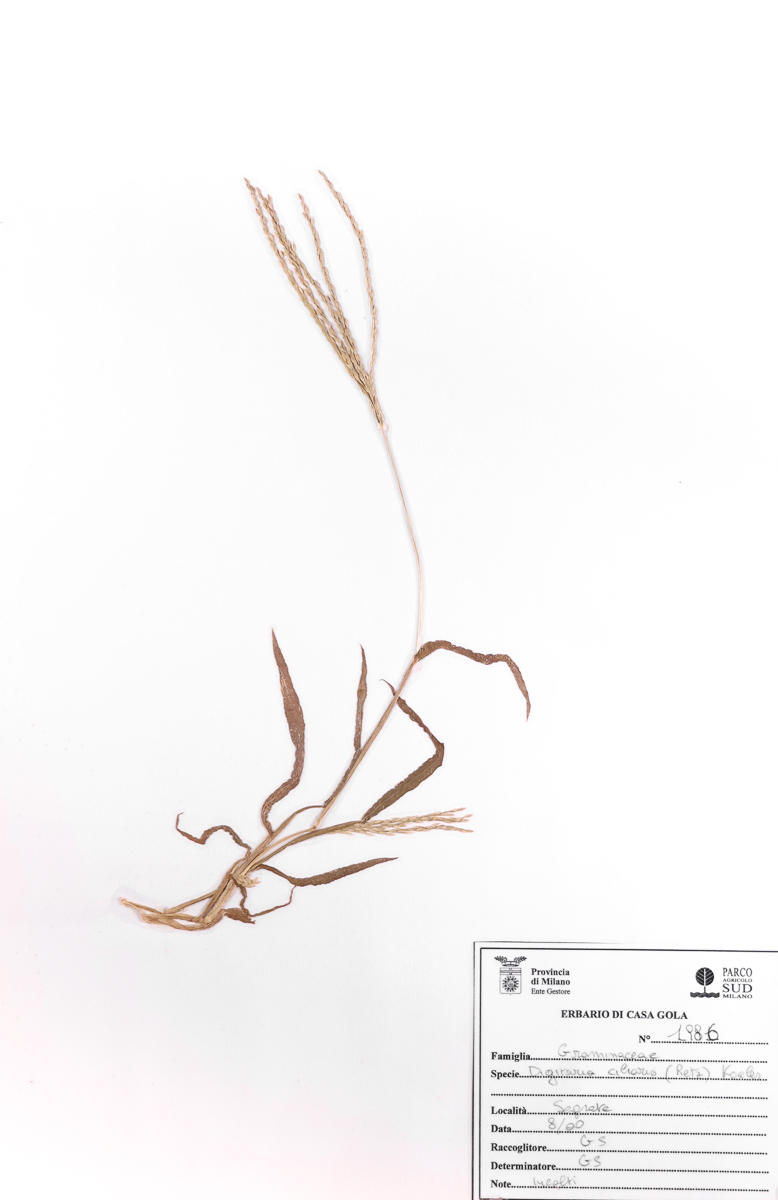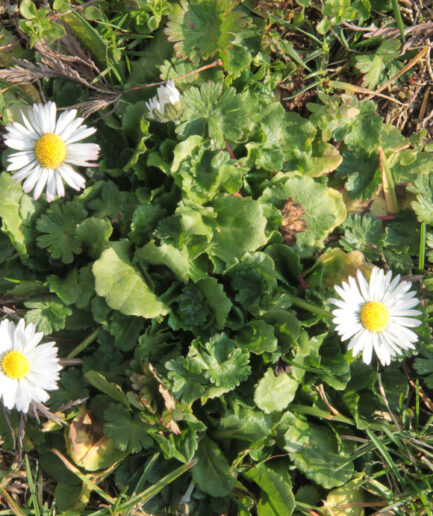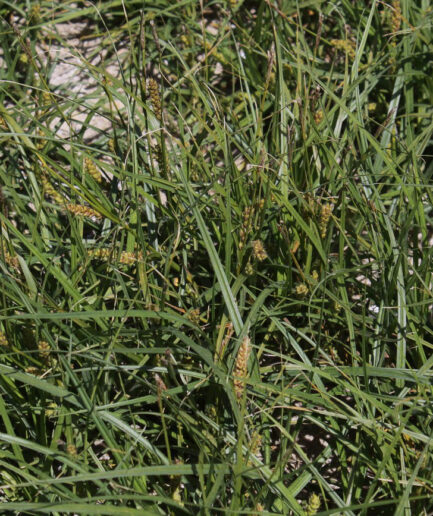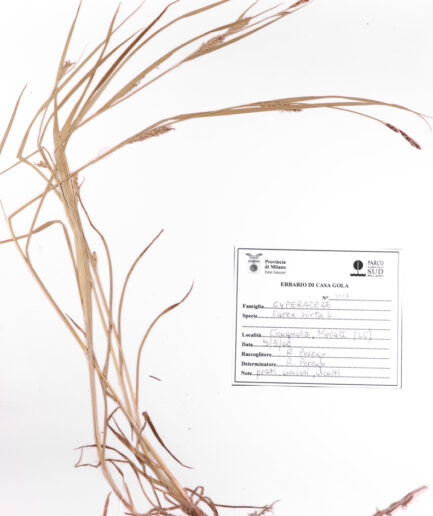Hairy Crabgrass
Scientific name: Digitaria ciliaris (Retz.) Koeler
Family: Poaceae
MORPHOLOGY
Growth habit and size: Annual herb with a prostrate or ascending habit, usually not exceeding 40 cm in height.
Stem: Erect or prostrate, fleshy, green or pinkish, branching at the base.
Leaves: Opposite leaves, elliptical or lanceolate, light green, with entire or slightly dentate margins.
Inflorescence: Small umbrella-shaped inflorescences, called spikelets, borne at the tips of the branches.
Flowers: The flowers are reduced to a single female or male.
Fruits and seeds: The fruit is a trilobed capsule, containing brown seeds.
DISTRIBUTION AND HABITAT
Hairy Crabgrass is a widespread weed in many tropical and subtropical regions of the world. It mainly grows in disturbed habitats such as cultivated fields, roadsides, pastures, and uncultivated land.
USES
There are no known specific uses of Hairy Crabgrass in human or animal nutrition. However, some populations use it to feed their domestic animals.
INTERESTING FACTS
Hairy Crabgrass is considered a harmful weed in many countries due to its ability to compete with agricultural crops for water, sunlight, and nutrients. It can cause severe damage to crop yields if not properly controlled.
Foto: Saxifraga-Rutger Barendse


